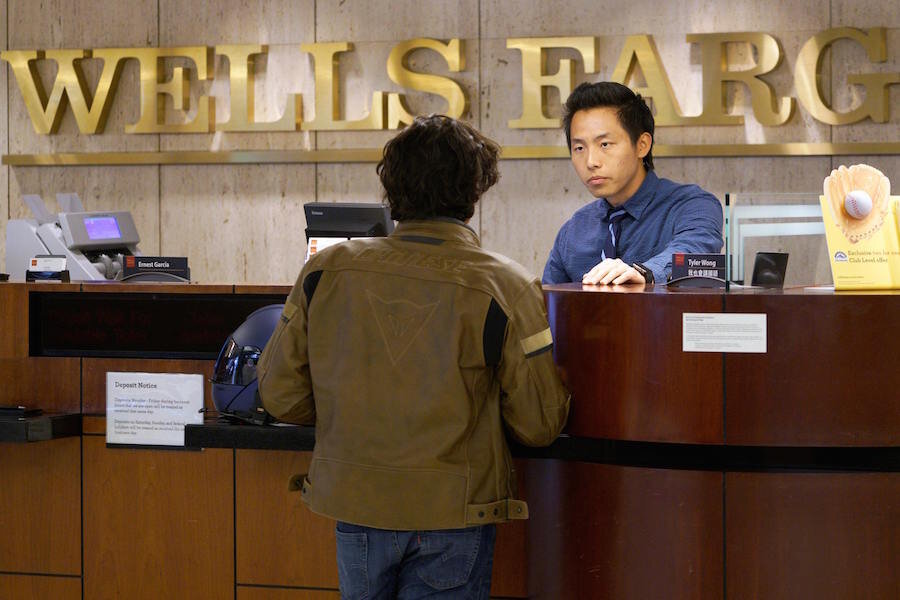How to piece together the perfect bank
Loading...
People go onto social media to complain about a whole host of things: their partner, their sports team, their lunch. Add to that their banks.
Twitter and Reddit brim with colorful, and often unprintable, complaints about high fees, lousy rates and terrible customer service. While some of these people go on to switch banks, most resign themselves to believing this is just how it is.
But what if this weren’t just how it is? What would it take for customers to instead praise the places that hold their money?
Meet the perfect bank
NO-NONSENSE ACCOUNTS
Some institutions bombard you with options in what can seem like one big ploy to distract you from the fact that none are especially good. Not so at the perfect bank, which is, above all else, efficient.
It offers a checking account, a savings account and a range of certificates of deposit. The checking account bears interest, and the savings account comes with an annual percentage yield of 1%, on par with what a few of the top high-yield online savings accounts offer.
NO OR LOW FEES
What the perfect bank doesn’t have is as important as what it does have. It doesn’t hit you with a monthly maintenance fee, and it keeps other fees minimal. If you pay out-of-network fees at other banks’ ATMs, the perfect bank covers these up to $20 per month.
If you overdraw your account, instead of a flat — and hair-raisingly high — fee of around $34, the perfect bank charges you 10% interest on the overdrawn amount. So if you go over your balance by $100, and it takes you a week to bring your account out of the red, you’ll owe less than 25 cents in fees.
EXCELLENT TOOLS
The perfect bank listens to its customers. It keeps an eye on industry trends. It knows, for instance, that nearly half of all mobile phone owners with a bank account used mobile banking in 2015, up from 33% two years before. And it acts on that intel — its tech tools are top-of-the-line. It offers an app with mobile check deposit and a daily cap upward of $20,000, and its bill pay and money transfer features are free and easy to use.
The bank’s website doesn’t leave you with more questions — it actually answers them. It clearly describes its accounts and their accompanying fees in language that is clear and conversational. It still won’t make for the most enthralling reading, but at least it won’t leave you banging your head on your desk. You’ll find an informative FAQ page, as well as a live-chat service with wait times that rarely exceed a minute or two.
FAMILIAR TRAPPINGS
The perfect bank also offers a variety of loans and mortgages, and customers who have multiple accounts qualify for premium rates. When faced with thorny issues, you can visit one of its many branches.
Doesn’t that all sound grand? Alas …
Why one perfect bank doesn’t exist …
The perfect bank may be many things, but what it is not is realistic. Keeping the lights on at branches is expensive, and that can take a serious bite out of a bank’s margins. That’s partly why savings rates at most national banks are so low.
If a bank does offer exceptional rates, chances are it won’t have branches, a deal breaker for certain consumers. Or it may not have especially helpful online tools, which will send tech-savvy customers looking elsewhere. The list goes on. No matter how well a bank performs in one area, chances are it drops the ball somewhere else.
… but how you can build your own
The aforementioned accounts, services, rates and fees weren’t dreamed up and concocted in a laboratory by some financial Frankenstein; they exist at a few of the best banks and best credit unions in the country. Piecing together your own version of the perfect bank is totally doable.
You could, for instance, sign up for a high-yield online savings account while keeping a checking account at a brick-and-mortar institution that provides in-person assistance. Or, if you’ve repeatedly overdrawn your account, you could seek out a bank with low fees and pair it with one that has great tools to help you monitor your spending.
It’s up to you to determine which of these features is most appealing, but knowing that they’re available is a good start, and taking advantage of them will almost definitely make you a happier customer. Who knows, you might even get the urge to tweet about it.
Tony Armstrong is a staff writer at NerdWallet, a personal finance website. Email: tony@nerdwallet.com. Twitter: @tonystrongarm.
This story originally appeared on NerdWallet.







